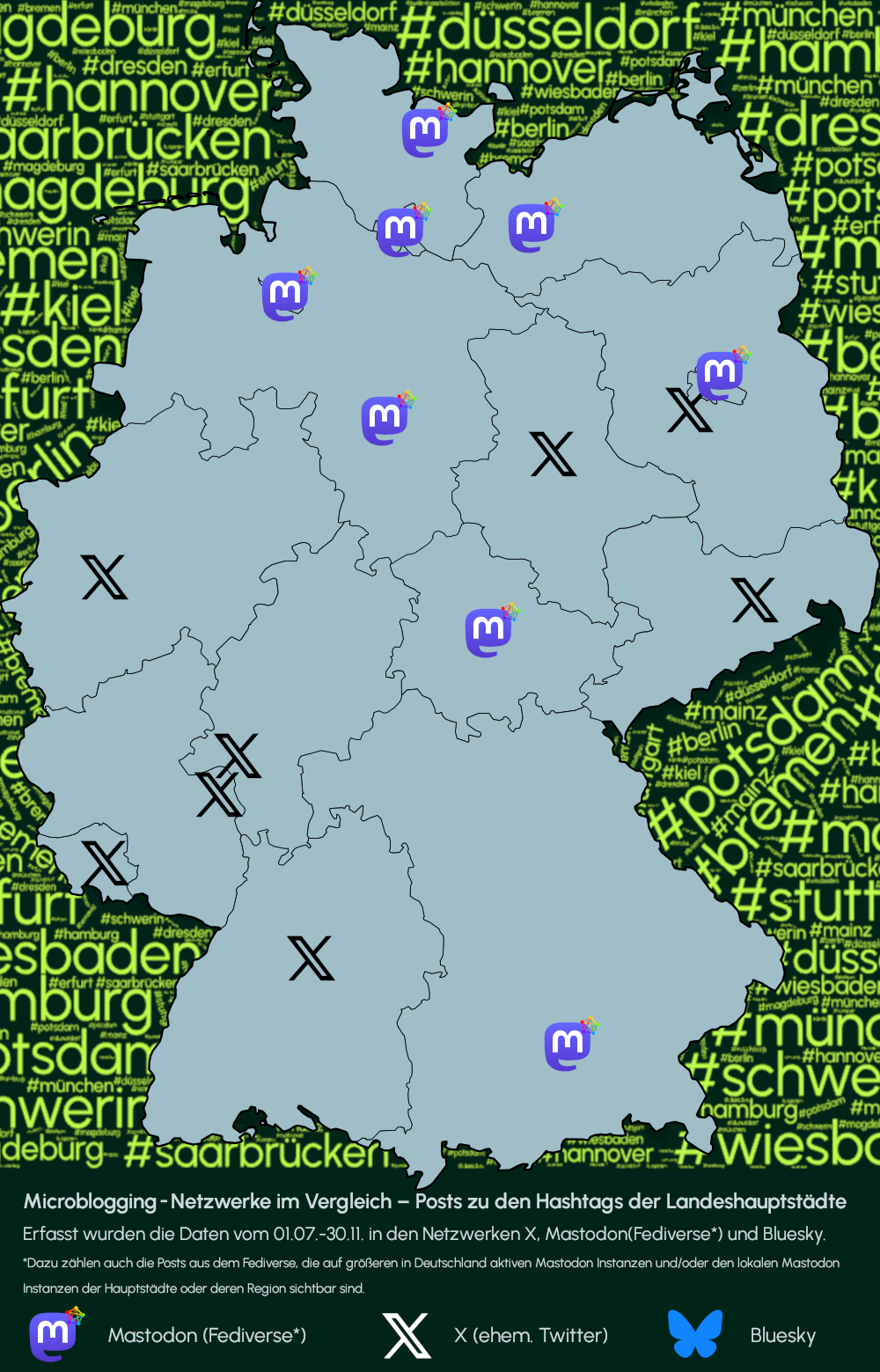I think Matrix still has my favorite decentralized service username schema. 
@user:domain.tld makes a lot of intuitive sense to me and looks really clean. It's really clear which part is the username and which is the domain without looking repetitive. It starts with an @ so it tells clients to pull up the username lookup when you start typing, but it doesn't get kludgy like other username schemas do.
user@domain.tld makes sense for email I guess because you can't really @ people inline, but it doesn't work well for other services because it doesn't start with an @ so it doesn't indicate to the client to pull up the username lookup. I'm curious how XMPP handles this. 
@user@domain.tld that Fedi uses looks awful to me. I hate the double @'s, it just doesn't scan very well and looks silly. Maybe it's just me, but I feel like my username is being flanked by boobies.  (Technically Fedi uses WebFinger/the email schema under the hood from the last example and the double @'s are just user-facing in order to trigger the inline username lookup, but meh, I'm including it.)
(Technically Fedi uses WebFinger/the email schema under the hood from the last example and the double @'s are just user-facing in order to trigger the inline username lookup, but meh, I'm including it.)
@domain.tld that Bluesky uses seems clean on the surface, but then you realize your username is (usually) just a domain name which is... weird.  Then you're stuck making a subdomain for your username if you couldn't get a dedicated domain for it, so then it becomes
Then you're stuck making a subdomain for your username if you couldn't get a dedicated domain for it, so then it becomes @user.domain.tld or even @user.subdomain.domain.tld which is just, like, idk a lot of dots.  It makes sense for ATProto because of how the DIDs work, but it's still not my favorite.
It makes sense for ATProto because of how the DIDs work, but it's still not my favorite.
I know I've made this ramble before but I'm like Fedi handles where I'm hopelessly repetitive 
#Matrix #MatrixChat #Federation #Fedi #Mastodon #ActivityPub #Bluesky #ATProto





![[Age Assurance]
It looks like you haven't added your birthdate. You must provide an accurate date of birth to use Bluesky.
[Add your birthdate]
🦋 Bluesky
To log out, click here.](https://files.mastodon.social/media_attachments/files/115/703/858/748/257/971/original/d538d60bff73ce3a.jpg)
![[Age Assurance]
Hi there!
In order to provide an age-appropriate experience, we need to know your birthdate. This is a one-time thing, and your data will be kept private.
Set your birthdate below and we'll get you back to posting and exploring in no time!
[Add your birthdate]
🦋 Bluesky
To log out, click here.](https://files.mastodon.social/media_attachments/files/115/732/271/759/074/200/original/ffab32b4e514d154.png)